How to Access Real-Time Crypto Price Data for Free with APIs

Reliable and fast access to real-time cryptocurrency price data is crucial for developers, analysts, and crypto enthusiasts. Whether you're building a trading bot, analytics dashboard, or portfolio tracker, integrating a free cryptocurrency price API can unlock powerful insights—without hefty costs or restrictive paywalls.
What Are Cryptocurrency Price APIs?
APIs (Application Programming Interfaces) act as bridges that allow applications to communicate with external data sources seamlessly. A cryptocurrency price API connects your application to third-party services or blockchain data providers, offering up-to-date information like:
- Cryptocurrency spot prices (e.g., Bitcoin, Ethereum, Solana, and thousands more)
- Market capitalization, trading volumes, and liquidity statistics
- Historical pricing and candlestick charting data
- On-chain metrics, transaction counts, and wallet information
Price APIs are particularly popular because they simplify the process of fetching accurate, timestamped data that can be integrated into trading apps, portfolios, alert systems, or research dashboards. Many API providers offer free access tiers, making experimentation and prototyping accessible to all users.
Benefits of Free Cryptocurrency Price APIs
Developers and researchers turn to free crypto price APIs for several compelling reasons:
- Cost Efficiency: Free APIs lower the barrier to entry for indie developers, students, and startups.
- Rapid Prototyping: Test out ideas for trading bots, research tools, or data visualizations without financial commitment.
- Access to Multiple Exchanges: Many APIs aggregate data from several leading exchanges, improving accuracy and breadth.
- Flexible Integration: RESTful endpoints and SDKs make APIs compatible with most programming languages and frameworks.
- Support for Automation: Algorithmic strategies, alerting systems, and AI agents leverage live data feeds for analysis and response.
While free APIs may include usage limits or reduced feature sets compared to premium plans, they’re often sufficient for early-stage projects or low-volume analytics applications.
Key Features to Look For in a Crypto Price API
The rapidly evolving landscape of digital assets means that not all APIs are created equal. When selecting a free cryptocurrency price API, consider these criteria:
- Coverage: Does the API support a wide variety of coins and tokens, and multiple exchanges?
- Update Frequency: Is price data updated in real-time, or delayed?
- Historical Data Depth: Can you retrieve historical OHLCV (open-high-low-close-volume) data for backtesting?
- Rate Limits & Fair Usage: How many requests per minute/day? Is there a quota for free users?
- Data Accuracy & Transparency: Is the data quality audited or aggregated from reliable sources?
- Documentation & Community: Are there code samples, up-to-date docs, and community forums available for troubleshooting?
- Additional Insights: Some APIs go beyond prices to include analytics, trading signals, and on-chain intelligence.
Evaluating these features will help you find an API suited to your project’s technical and analytical requirements.
Popular Free Cryptocurrency Price APIs
The crypto ecosystem offers numerous well-maintained APIs with free tiers. The following are widely adopted among developers and researchers:
- CoinGecko API: Covers thousands of cryptocurrencies, exchanges, and market data; generous rate limits.
- CoinMarketCap API: Established source for global market cap rankings and price feeds.
- CryptoCompare API: Offers real-time price data, news, and technical information.
- Binance Public API: Direct market data from one of the world’s biggest exchanges, ideal for spot and futures data.
- Token Metrics API: Combines real-time price data with AI-driven trading signals and on-chain insights, with a free API key available.
Some projects also offer open-source APIs that can be self-hosted, providing full customization at no cost beyond basic infrastructure.
How to Integrate a Free Crypto Price API: Step-by-Step
Integrating a free cryptocurrency price API into your application is typically a straightforward process. Here’s a broad overview, adaptable to most popular APIs:
- Sign Up & Get API Key: Register with your chosen provider to obtain an authentication token.
- Read API Documentation: Study endpoint references, limits, and example requests for your target data.
- Make Test Calls: Use tools like Postman or Curl to verify responses and get familiar with JSON structure.
- Code Integration: Use your preferred programming language (Python, JavaScript, etc.) to write GET requests, handle responses, and parse the data.
- Monitor Usage: Track rate limits/exceeded errors to optimize call frequency and avoid disruptions.
- Enhance & Analyze: Use the data to power dashboards, bots, signal generators, or AI-driven research tools.
Many APIs provide SDKs or code snippets to streamline setup, and active communities can assist with troubleshooting and integration tips.
Build Smarter Crypto Apps & AI Agents with Token Metrics
Token Metrics provides real-time prices, trading signals, and on-chain insights all from one powerful API. Grab a Free API Key
FAQs on Free Cryptocurrency Price APIs
Are free cryptocurrency price APIs reliable?
Most reputable free APIs offer reliable real-time or near real-time data. However, reliability can vary based on rate limits and geographic access. It’s good practice to use APIs from established providers and review uptime statistics for mission-critical applications.
Can I use free crypto APIs for commercial projects?
It depends on each provider’s terms of service. Some free APIs explicitly allow commercial use up to a quota, while others limit usage to personal or academic projects. Always check licensing and attribution requirements before launching an application for public or commercial use.
How do I secure my API key?
API keys should never be exposed in client-side code or public repositories. Store keys in environment variables or server-side configuration files, and implement rate-limiting logic where feasible to protect against abuse.
What limitations should I expect on free tiers?
Common restrictions include rate limiting (e.g., limited requests per second or day), reduced historical data coverage, lack of advanced analytics features, or lower priority for support and uptime. For ongoing or high-frequency use, plan for potential upgrades as your needs expand.
Can I get AI-driven analysis with crypto price APIs?
Some advanced APIs, such as Token Metrics, offer not only real-time price data but also AI-driven signals, ratings, and on-chain analytics. These insights can be used to augment research and support automated systems, though always review the provider's documentation for specifics.
Disclaimer
This article is for informational and educational purposes only and does not constitute investment advice, financial guidance, or a recommendation to buy, sell, or hold any digital assets. Always consult an independent advisor and conduct thorough research before using any crypto service or technology.
Create Your Free Token Metrics Account

.png)




%201.svg)
%201.svg)


%201.svg)



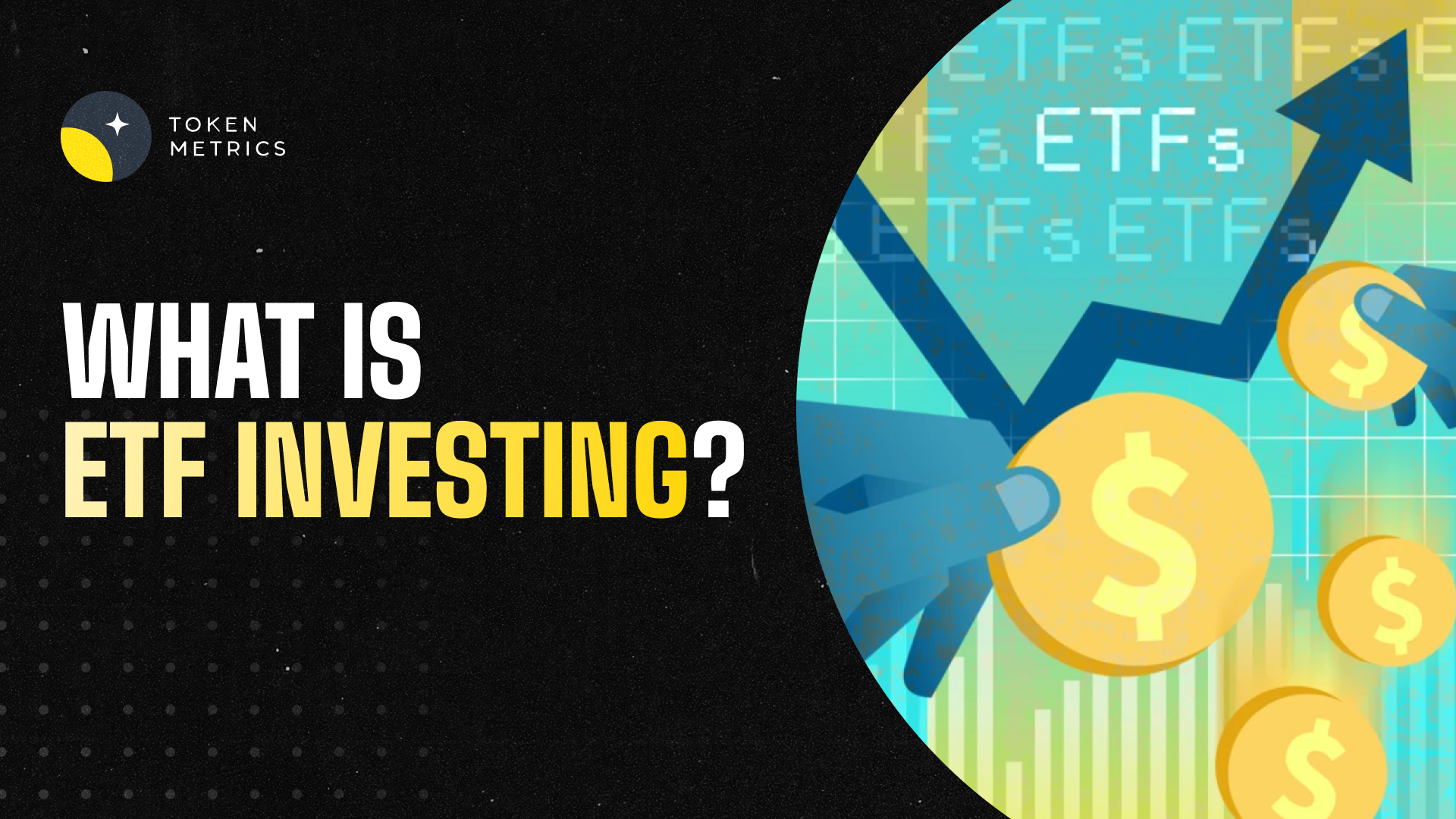



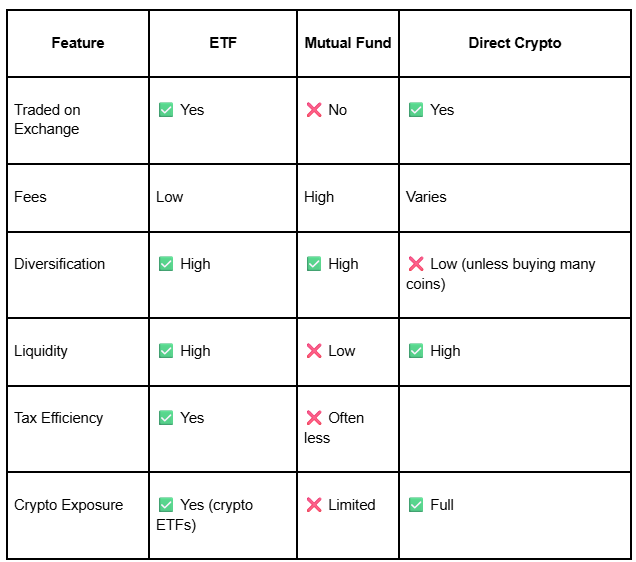
.png)



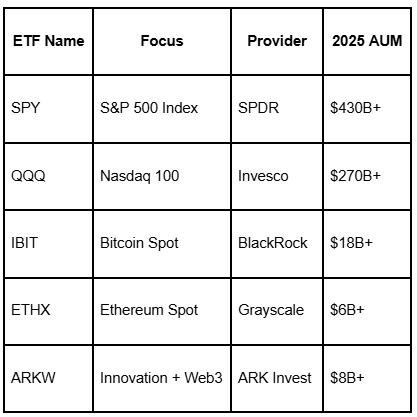
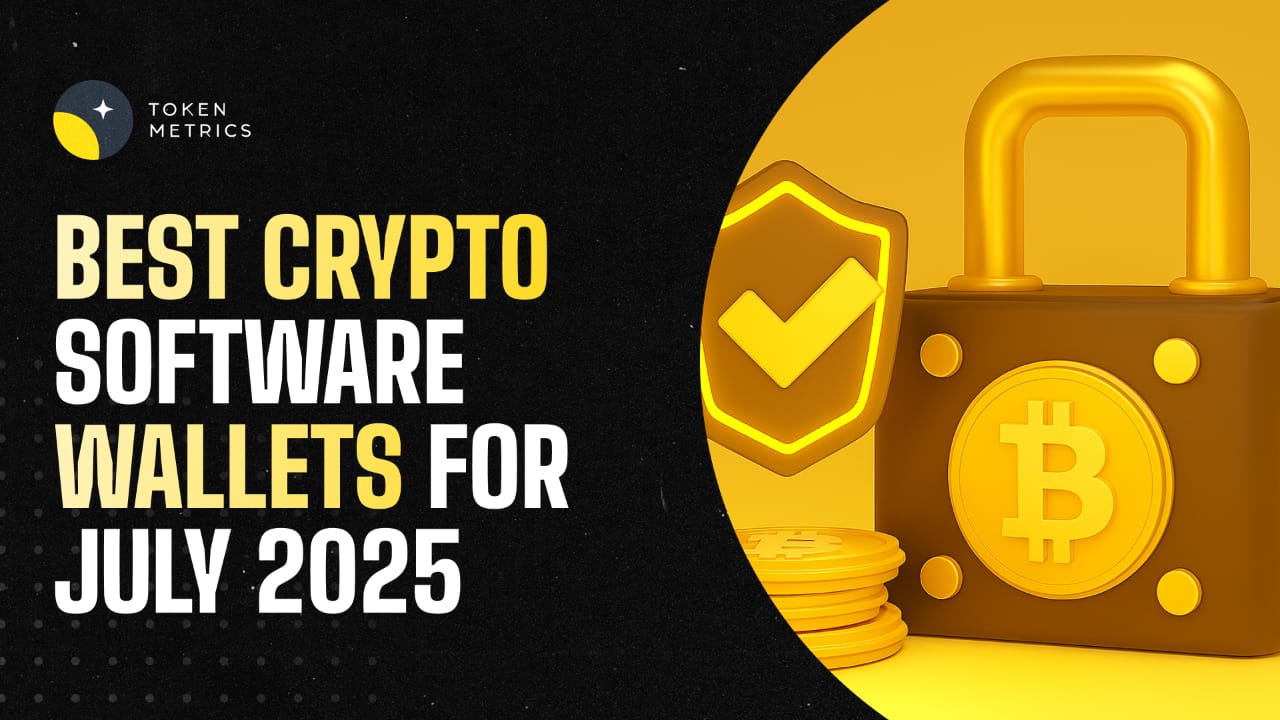



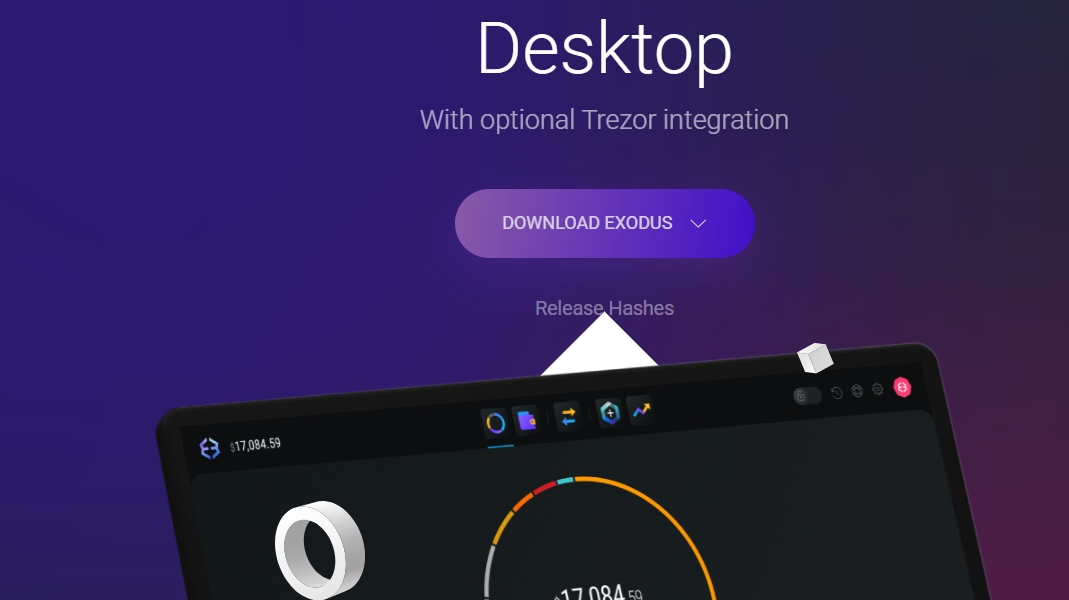



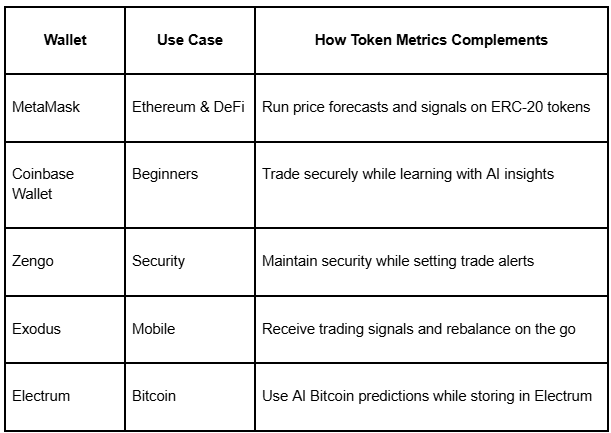




.svg)




.png)